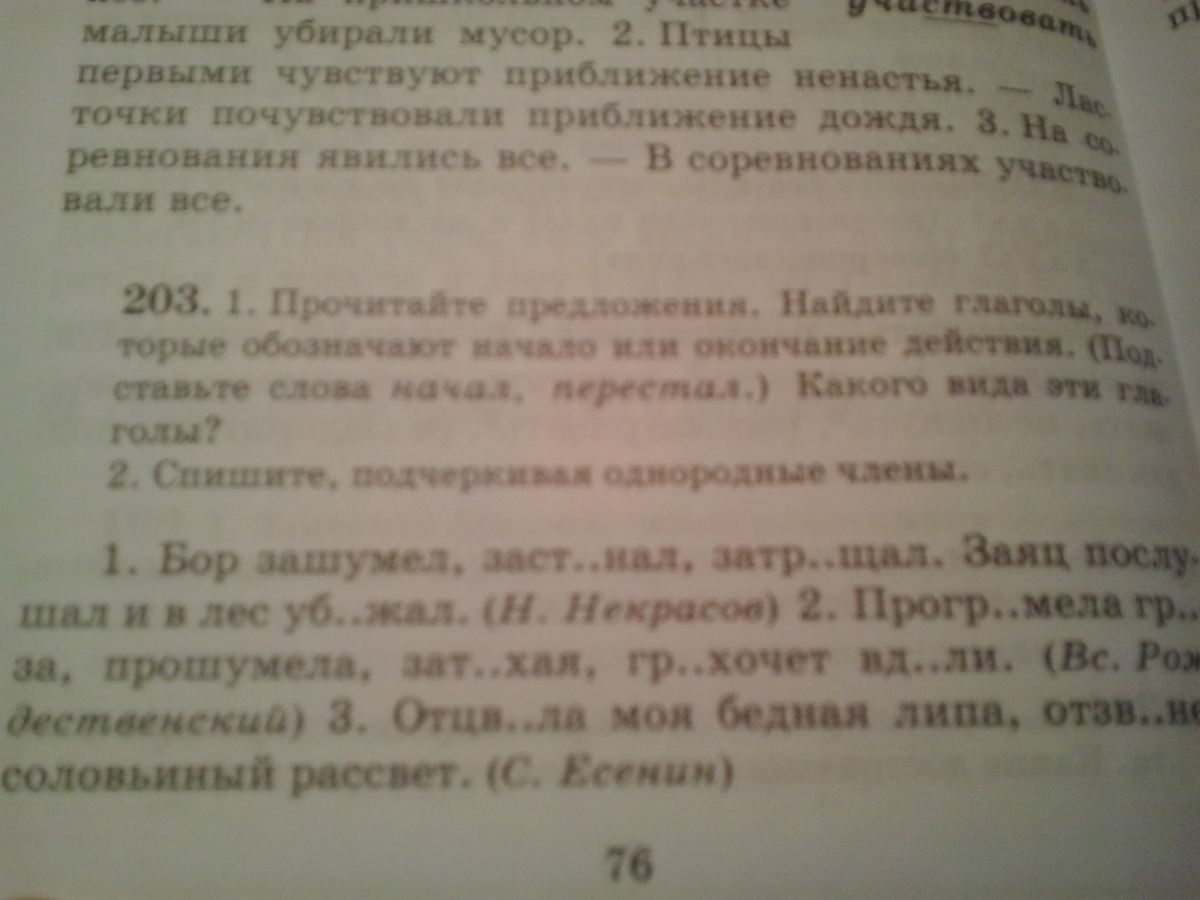Предмет: Русский язык,
автор: MaryKrov
Русский 6 класс не понятно
Приложения:

Ответы
Автор ответа:
4
1.Бор зашумел,застОнал, затрЕщал.Заяц послушал и в лес убЕжал.
2.ПрогрОмела грОза, прошумела,затИхая, грОхочет вдАли.
3.ОтцвЕла моя бедная липа,__________ соловьиный рассвет.
типо такого
2.ПрогрОмела грОза, прошумела,затИхая, грОхочет вдАли.
3.ОтцвЕла моя бедная липа,__________ соловьиный рассвет.
типо такого
Похожие вопросы
Предмет: Другие предметы,
автор: poli4237
Предмет: Қазақ тiлi,
автор: saks222
Предмет: Русский язык,
автор: diko100
Предмет: Биология,
автор: baratahmedov2007
Предмет: Алгебра,
автор: Sanek25g